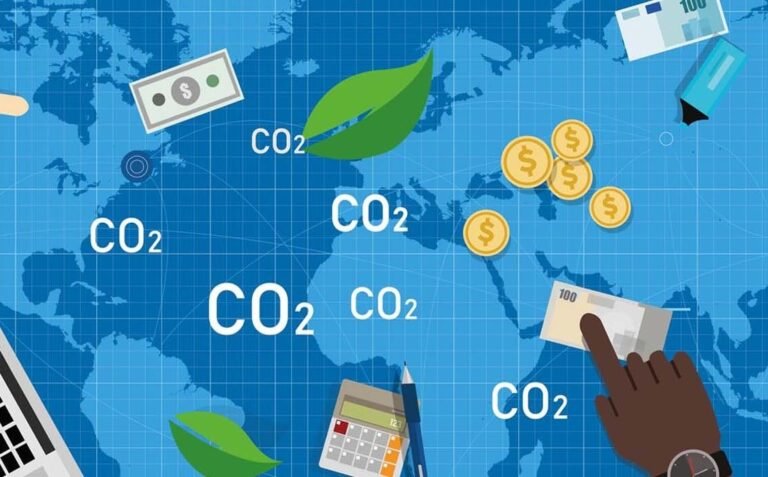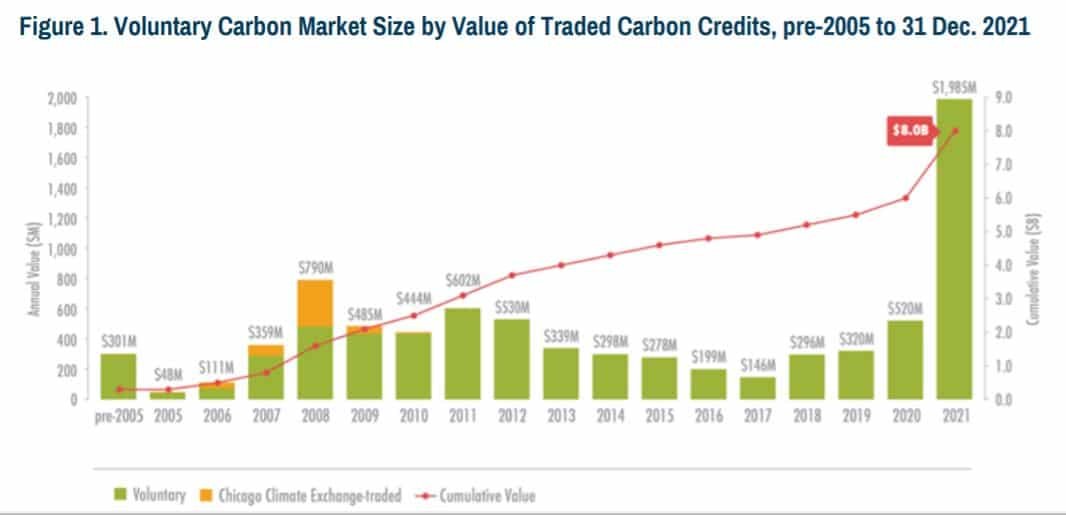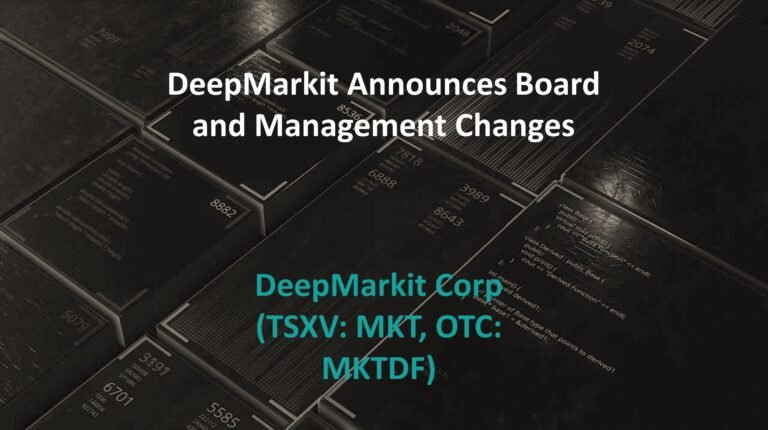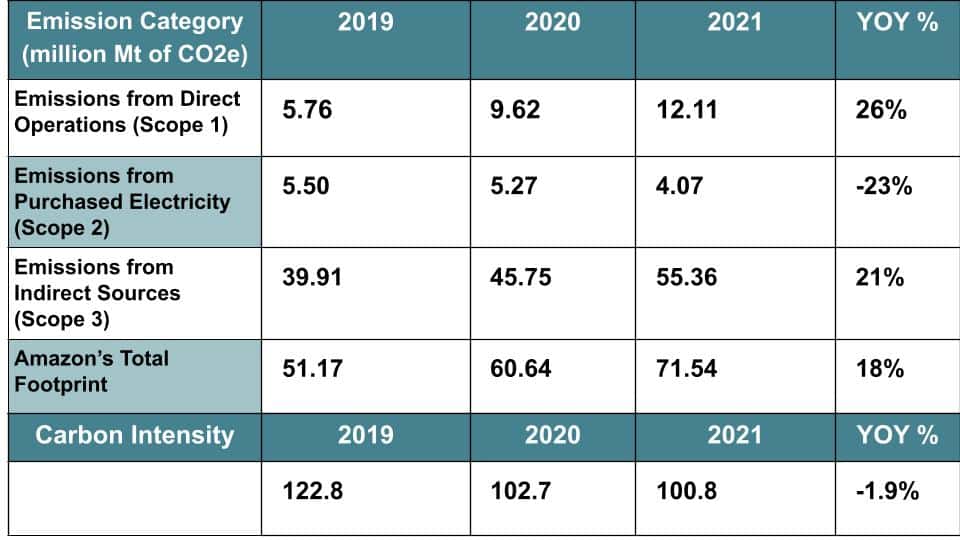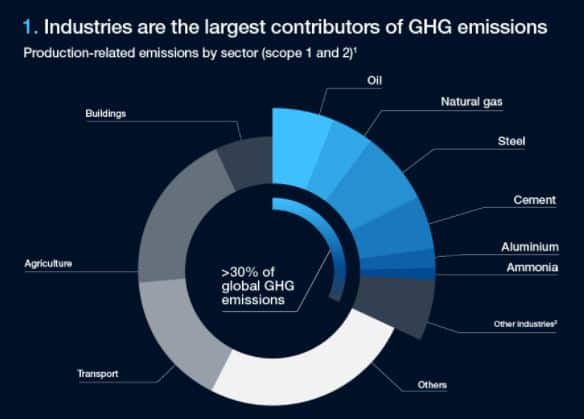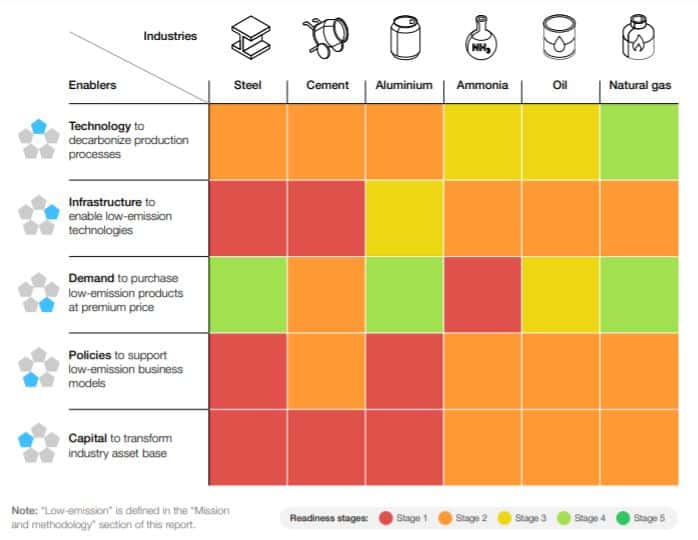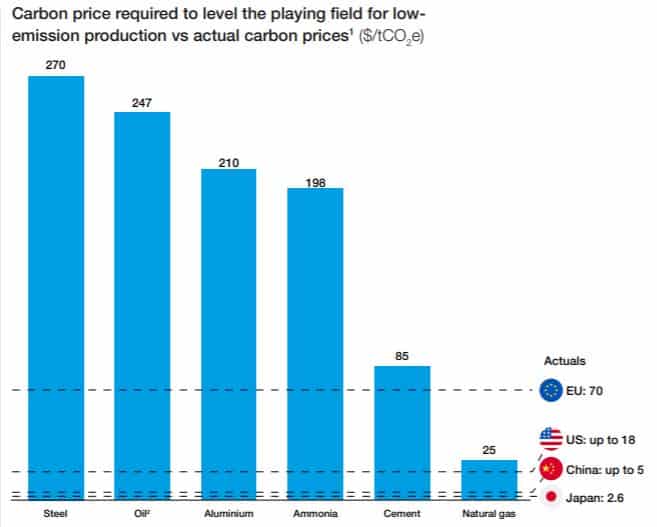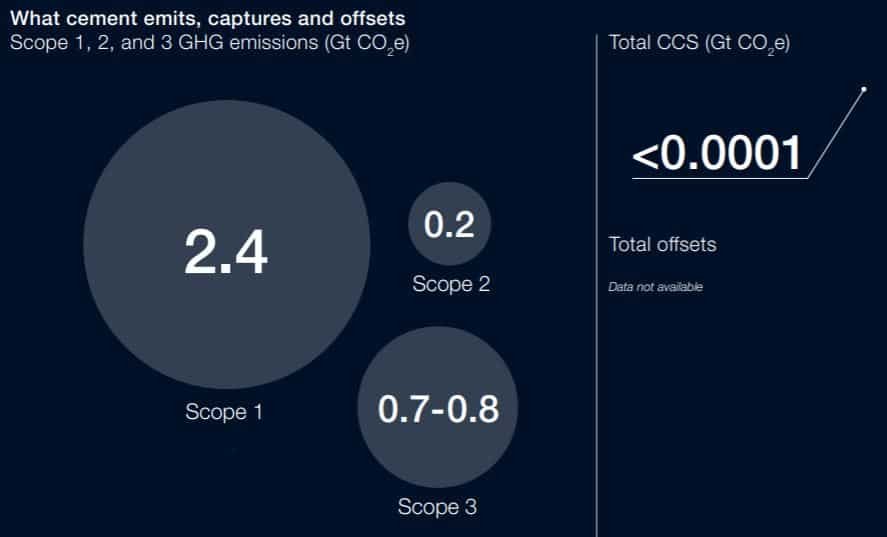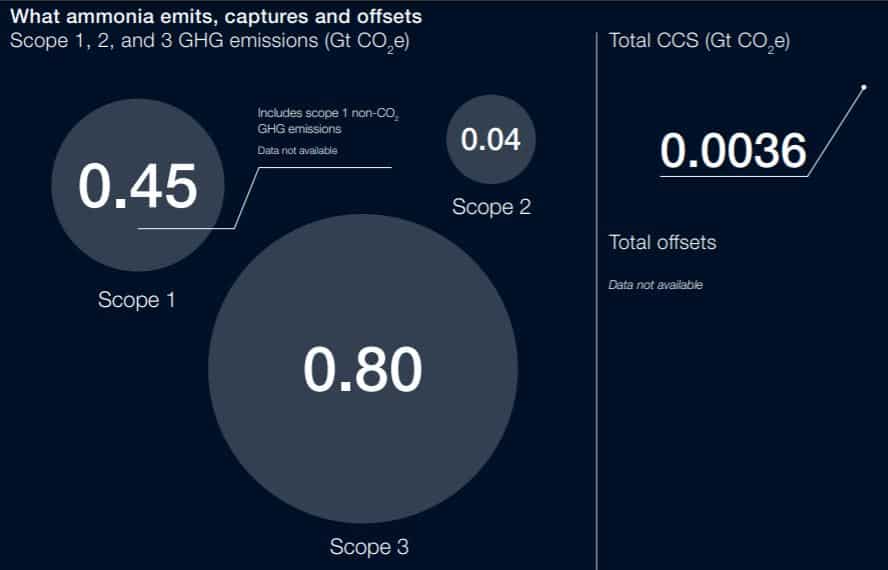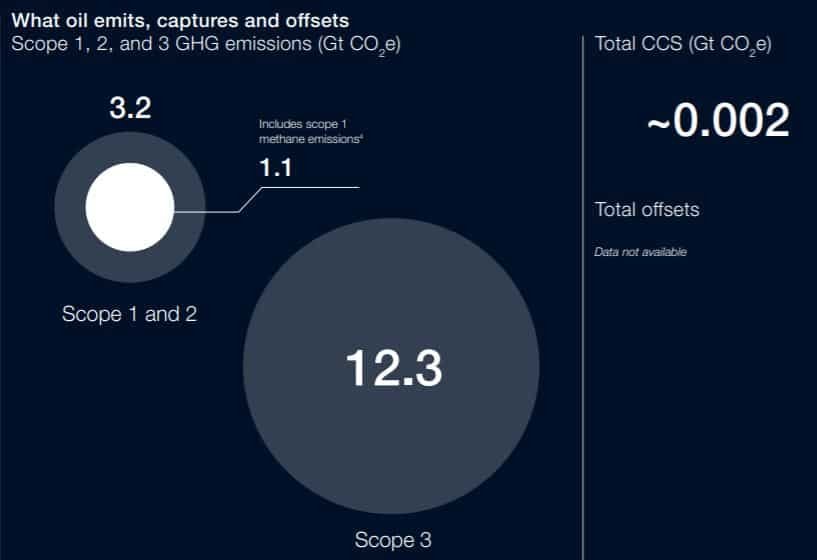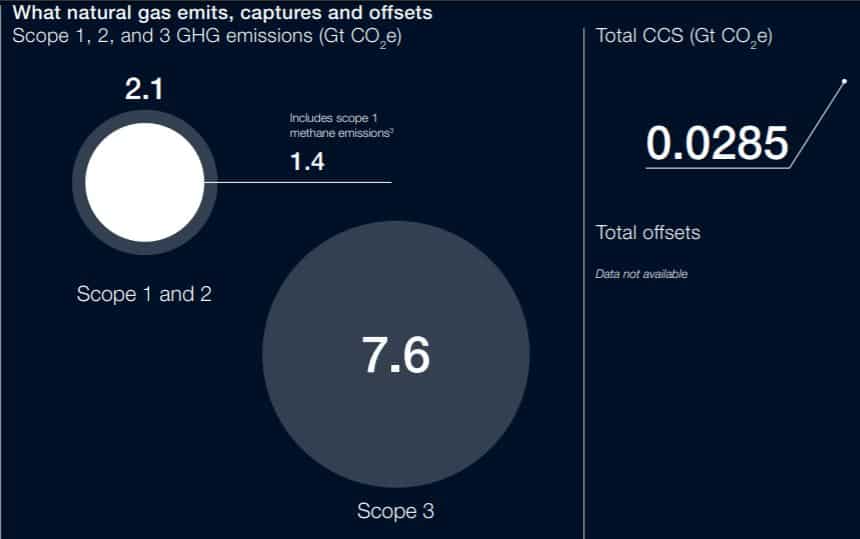Xpansiv, the leading market platform for environmental commodities, announced the deal to acquire Evolution Markets, a major brokerage firm in global carbon, renewable, and energy markets.
The acquisition will be beneficial for both parties. Though Xpansiv is already the dominant player in the carbon market, buying Evolution Markets will help it expand more.
Evolution Markets has a base of 2,000+ customers on six continents. These include the world’s largest energy firms, corporations, utilities, and financial institutions.
The New York-based firm is also a leader in the global carbon, emissions, renewable energy, and other environmental markets.
Growing the Global Environmental & Carbon Markets
Xpansiv has been the go-to marketplace to trade various data-driven, ESG-inclusive commodities. The exchange prices carbon, energy, and water-based transactions. And the firm does this in an intuitive, user-friendly environment based on scientific data.
The company’s main business units include CBL. It’s the largest spot exchange for environmental commodities including carbon, renewable energy certificates, and Digital Natural Gas.
Xpansiv President and COO John Melby said that the agreement with Evolution Markets will further leverage their market infrastructure. He added that,
“Together, we can more effectively execute on our strategy to scale our global platform… Evolution Markets’ proven team will help drive sales and marketing efforts as we work to bring the benefits of our infrastructure – transparency, scale, and confidence – to rapidly growing environmental markets.”
For Evolution Markets, the deal will enable them to deliver the next-generation market infrastructure needed in driving reductions in carbon emissions.
The firm’s Chairman and Co-Founder Andrew Ertel remarked that:
“We’re proud of what we’ve built over the last 20 years… and the powerful combination with Xpansiv will help drive continued innovation in market solutions to address climate change…”
This is echoed by the company’s CEO in his remarks that the acquisition will scale up environmental and energy transition markets.
- There’s a fast growing demand for carbon-based solutions, in particular. In fact, the carbon offset volume traded on Xpansiv’s CBL platform in 2021 showed a 288% increase from 2020.
Plus, Xpansiv is hosting about 90% of all voluntary carbon credit transactions worldwide in its CBL platform.
And so, Evolution Markets believes that by joining forces with Xpansiv, they can help build its sustainable solutions. This will also better position their clients to compete in carbon-constrained markets.
Leading the path to global decarbonization
The inclusion of Evolution Markets and APX, the leading provider of registry infrastructure for energy and environmental markets, Xpansiv’s platform will be enhanced.
Both parties will work together in providing a clear path towards global decarbonization. They will connect more buyers and sellers of vital carbon offsets, renewables, and low carbon fuels.
The expense of the deal will come from the $400 million investment of the equity giant Blackstone in Xpansiv last month. The funding is via Blackstone Energy Partners, an energy-focused investor with a proven track record in the global energy sector
The acquisition will most likely be completed before the end of this year. After closing the deal, Evolution Markets will become a wholly owned subsidiary of Xpansiv.


